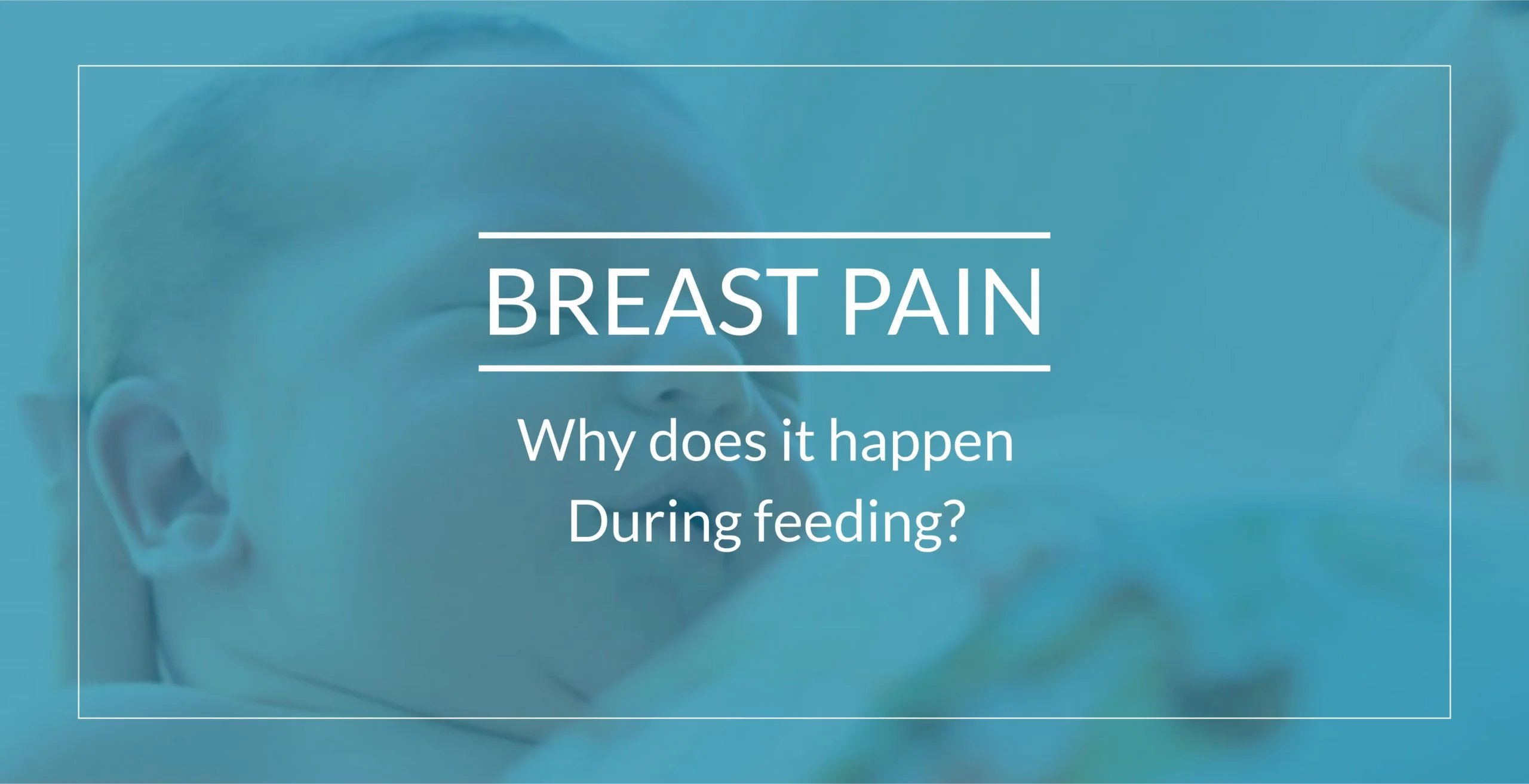Breast Pain During Feeding - Possibility To Manage It?
Summary: Breastfeeding can be challenging for new mothers, with common issues like pain caused by an improper latch, engorgement, or let-down reflex. This blog explores the causes and effective remedies, including correct breastfeeding techniques, warm compresses, and professional guidance. Gynecology doctors at Miracles Apollo Cradle provide personalized solutions to ensure a comfortable and rewarding breastfeeding journey. If you're experiencing persistent pain, consult the best gynecologist near you at Miracles Healthcare for tailored advice.
After the nine-month journey of pregnancy and the excitement of childbirth, a new mother’s next big milestone is learning how to breastfeed. While breastfeeding is a natural process, for first-time mothers, it can feel both exciting and overwhelming. Along with the joys of bonding with the baby, some mothers may experience physical pain during feeding, which can raise concerns. This is a common issue for many new moms and can often be managed with the right techniques and support.
Understanding the causes of breastfeeding pain and learning how to manage it can make this process much more comfortable and enjoyable, ultimately ensuring that both mother and baby have a positive breastfeeding experience. In this blog post, the best gynaecologist in Gurgaon at Miracles Apollo Cradle provides expert insights into addressing these challenges and offers personalized guidance to make breastfeeding smoother for new mothers.
Understanding Breast Pain During Feeding
It’s important to know that some discomfort in the early stages of breastfeeding is normal. Both the mother and baby are learning how to establish the proper latch and positioning. In most cases, if pain arises, simply repositioning the baby can offer relief. With time and practice, both the mother and baby will adapt, leading to a more comfortable breastfeeding experience.
However, it is important to understand the possible causes of breastfeeding pain and how to manage it effectively.
Common Causes of Breast Pain During Feeding
-
Let-Down Reflex (Milk Ejection Reflex): This reflex is triggered by the hormone oxytocin, which is released during breastfeeding. Oxytocin causes the milk to be ejected from the milk ducts, which may cause discomfort or pain for some mothers, especially in the initial stages of breastfeeding.
-
Oral Thrush: Thrush is a yeast infection in the baby’s mouth that can cause sore nipples for the mother. This infection needs medical treatment for the baby and mother to prevent further discomfort.
-
Improper Latch: A poor latch, usually caused by the baby’s oral features such as a short tongue or small chin, can result in breastfeeding pain around the nipple. This pain generally disappears after a few days once the baby and mother become more familiar with the right positioning.
-
Breast Engorgement: Engorged breasts, generally a result of not breastfeeding for a long period, can be painful when the baby latches on. To reduce discomfort while feeding, it may help to express a small amount of milk before breastfeeding to soften the breast.
-
Poor-Fitting Bra: A bra that is too tight or too loose can cause extra pressure and discomfort on the breasts, leading to breast pain.
-
Raynaud’s Phenomenon: This occurs when the nipples are exposed to cold weather, causing the blood vessels to constrict. This can result in nipple pain that generally decreases after a short period. Your gynaecologist may prescribe pain medication to help in severe cases.
-
Allergies or Skin Sensitivities: Allergies to substances like poison ivy or eczema can cause nipple soreness. Also, harsh soaps, deodorants, or creams may irritate the skin. Simple modifications in daily skincare routines usually relieve these issues.
-
Teething: After six months of age, when the baby forms teething, this can cause discomfort during breastfeeding due to the baby’s biting and gum irritation.
Effective Treatments for Breastfeeding Pain
While most cases of breast pain resolve with proper breastfeeding techniques, there are additional strategies to ease discomfort:
-
Correct Breastfeeding Techniques: Ensure that you and your baby have mastered the right latch and positioning. Consider consulting a lactation consultant if you are experiencing ongoing issues.
-
Warm Compresses: Applying a warm, moist compress to the affected area can relieve pain and engorgement. This can also help with the let-down reflex.
-
Proper Breast Emptying: Always ensure that the breast is properly emptied after each feeding. This helps prevent engorgement and reduces discomfort.
-
Avoid Harsh Chemicals: While some mothers try lanolin or hydrogel to relieve cracked nipples, It is good to avoid these products and use freshly expressed breast milk, which has natural antibacterial properties to help heal the skin.
-
Tea Bags: Applying warm, moist tea bags to the breasts can provide relief. The warmth soothes discomfort, and the tannins in tea can help reduce inflammation.
-
Consult Postnatal Classes or Your Obstetrician: If the pain persists or is severe, postnatal classes or a consultation with your obstetrician can provide valuable tips for managing breast pain and improving your breastfeeding experience.
Conclusion:
Breastfeeding is a learning experience for both mother and baby, and some discomfort in the early stages is common. Understanding the possible causes of pain and how to manage them can help ease the process. By taking a proactive approach and using the right techniques, most mothers can successfully manage breast feeding pain and enjoy a comfortable and rewarding breastfeeding experience. If you are struggling with breastfeeding pain or need guidance, schedule a consultation with the best gynecologist doctor near you at Miracles Healthcare for expert advice and support.
Frequently Asked Questions
To cure breast pain during feeding, ensure proper latching, feed frequently, and use warm compresses before feeding. Also, use cold packs afterward to relieve pain.
To manage breast pain, slowly reduce feedings, wear a supportive bra, apply cold compresses, and take pain relievers if needed.
Management of breast pain includes wearing supportive bras, applying warm or cold compresses, taking over-the-counter painkillers, and addressing the underlying cause, like infection or hormonal changes.
To remove pain from the breasts, do a gentle massage, stay hydrated, apply warm compresses, and seek medical advice if pain continues or worsens.
Miracles Apollo Cradle, Gurgaon, offers expert care for breast pain, with experienced gynecologists available for proper diagnosis and treatment.















Was the information useful?
0 0